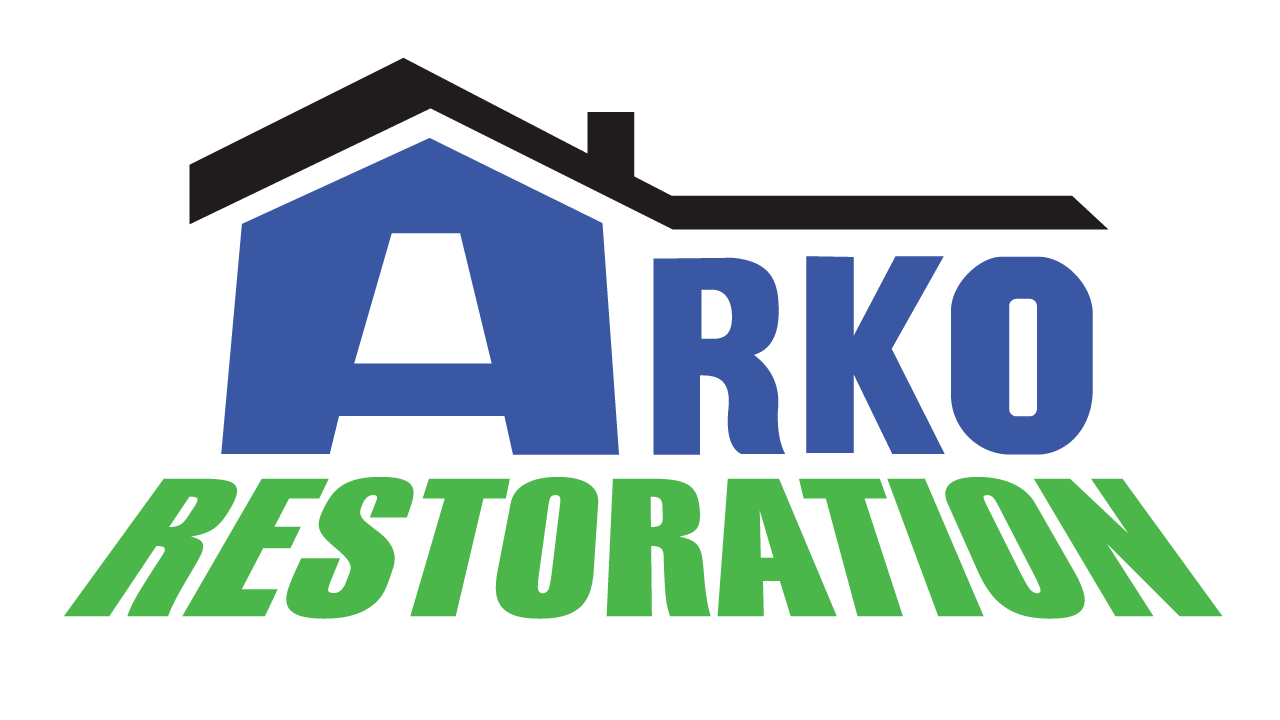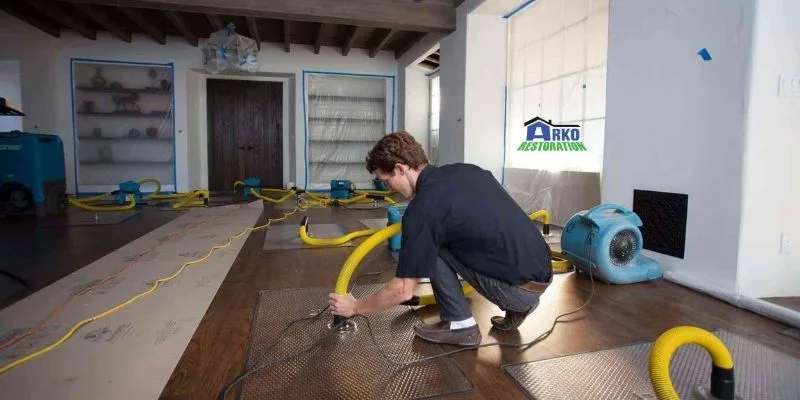Water in Your Basement? 4 Likely Causes & What to Do Next
It’s a situation that every homeowner dreads; you wake up to the sound of a moisture alarm late at night and wander downstairs to find your basement covered in standing water. Everyone knows that homes are at heightened risk of flooding during severe storms but that’s far from the only cause of a flooded basement. Continue reading to learn how water can flood your basement in the Twin Cities area and the essential next steps you should take to minimize the damage.
4 Common Causes of Basement Flooding
- Inadequate Drainage
Every house in Minnesota is built with drainage solutions in place to keep water out of the basement. When these systems fail, basement flooding becomes much more likely to occur during a thunderstorm or when a lot of snow is melting on your property. In particular, water in the basement often happens as a result of clogged gutters. Normally, gutters function to direct rainwater and snowmelt away from your home but when they get clogged with debris, all that water will pour down directly around the sides of your home. Basement flooding is also more likely to occur in yards that are improperly graded with a slope leading toward the house instead of away from it.
- Sump Pump Failure
Most houses in the Twin Cities area have a sump pump in the basement that catches excess groundwater and pumps it away from your home. During torrential rain storms and on days when snow is melting at a high rate, sump pumps work overtime to keep your basement from flooding. If your sump pump fails entirely, you’re likely to wind up with water all over your basement. Sump pumps most often stop working because of a power outage during a thunderstorm, but they can also suffer unexpected mechanical failures such as a motor burn-out.
- Leaky Plumbing
The plumbing of your house may degrade and begin to leak over time, which could eventually lead to water in your basement. When pipes are too severely weathered or the joints connecting them loosen, leaks result. These leaks may begin as a slow drip but if not fixed soon enough, they can escalate into a steady stream of water that can flood your basement. Shower, sink or toilet drains that leak or begin to overflow are also a common cause of flooded basements in Minnesota homes. Similarly, leaks from appliances that use water, like washing machines and dishwashers, can be a cause of water pooling in your basement.
- Frozen Pipes Bursting
During the winter in Minnesota, subzero temperatures can cause the pipes running through your basement to freeze. Because basements tend to be the coldest part of the house and aren’t always well-insulated, the pipes in this area are particularly vulnerable to freezing. When water freezes in pipes, it expands, which can cause the pipe to burst open and water to flood the basement. Unfortunately, frozen pipes often burst in the dead of night, when temperatures are coldest. To mitigate the risk of frozen pipes bursting, make certain that all pipes running through your basement are well-insulated and consider setting up a space heater in the basement.
What to Do When You Find Water in the Basement
If you discover that your basement has flooded, it’s crucial to act quickly to remediate the damage. Your best course of action is to hire a water damage restoration company in the Twin Cities. Water restoration professionals know all the steps to remediate a home after a flooding incident, including removing the water from your basement, drying off all surfaces, and taking measures to prevent mold growth.
Has your basement flooded? Contact Arko Restoration today if you’re in need of professional water damage restoration services in the greater Twin Cities area!


